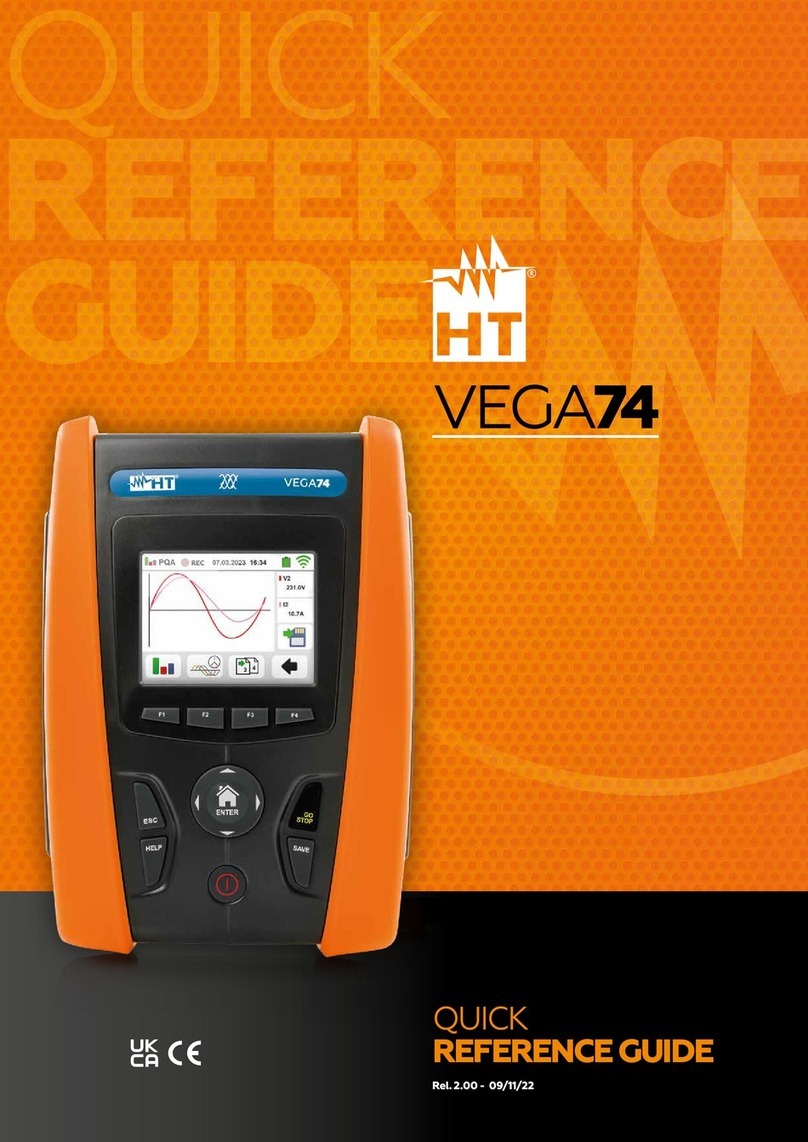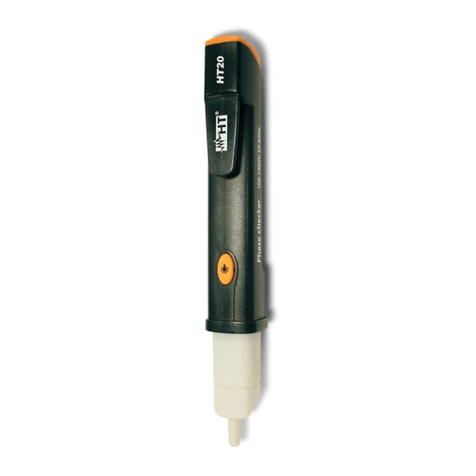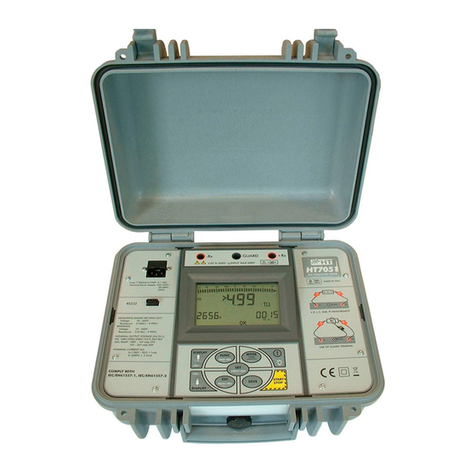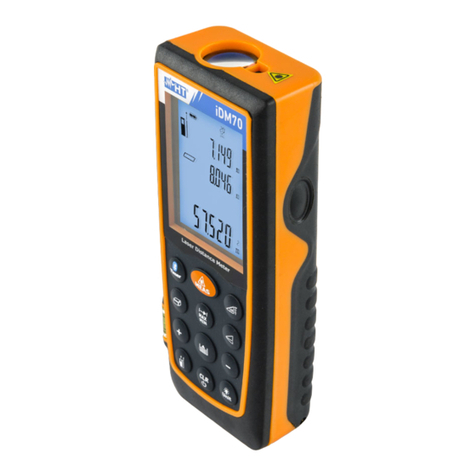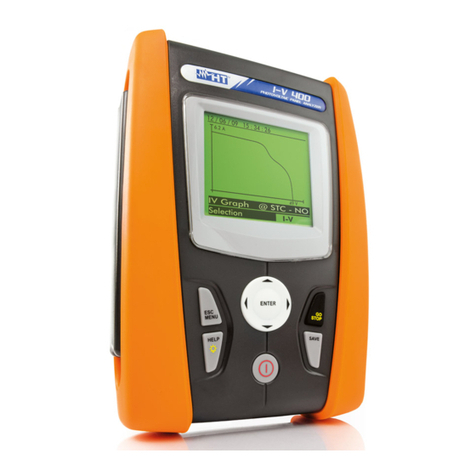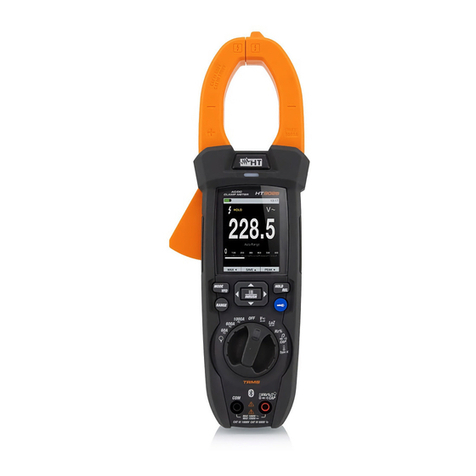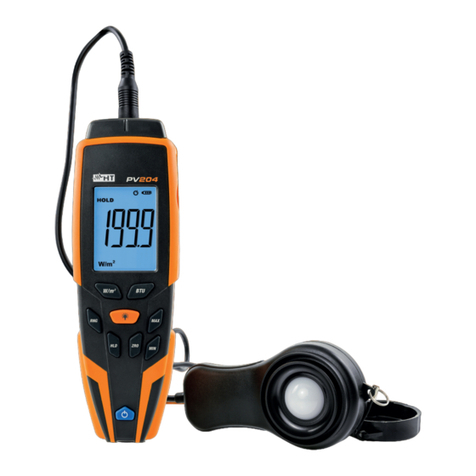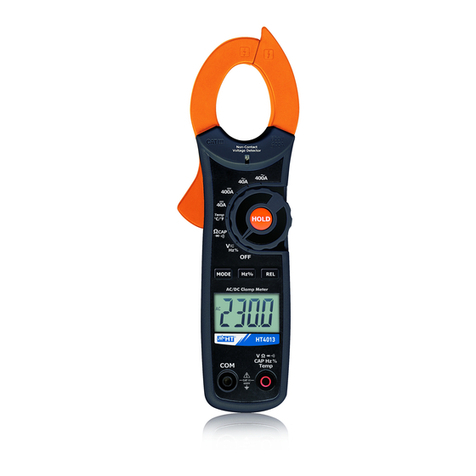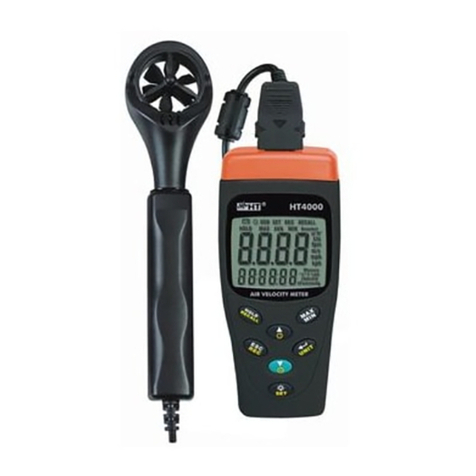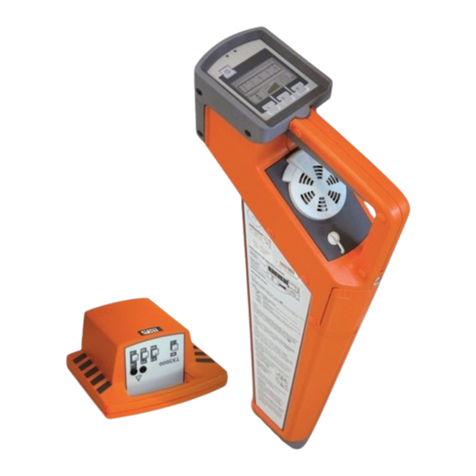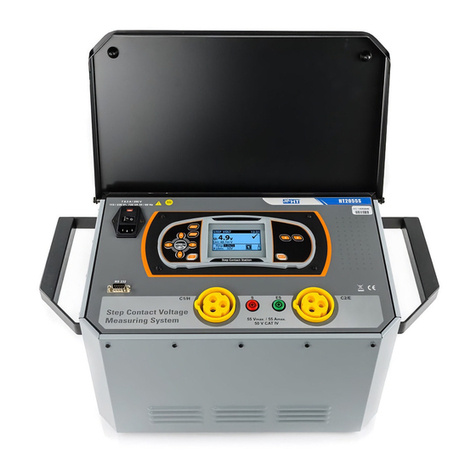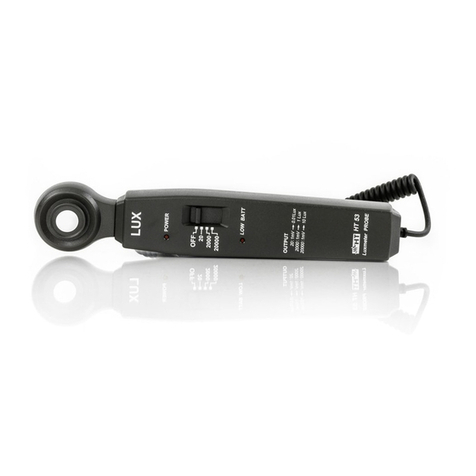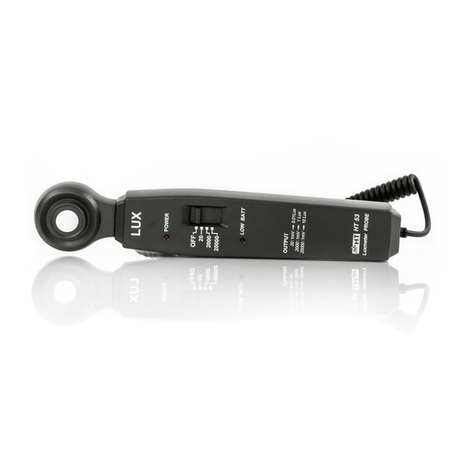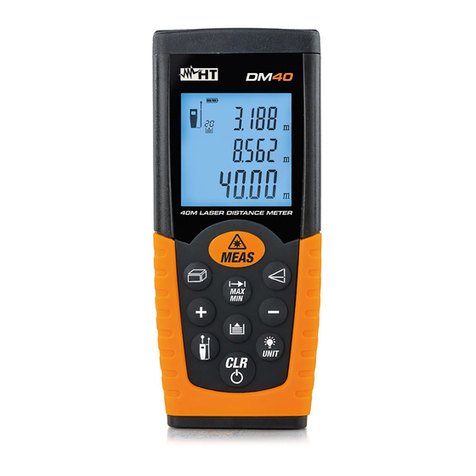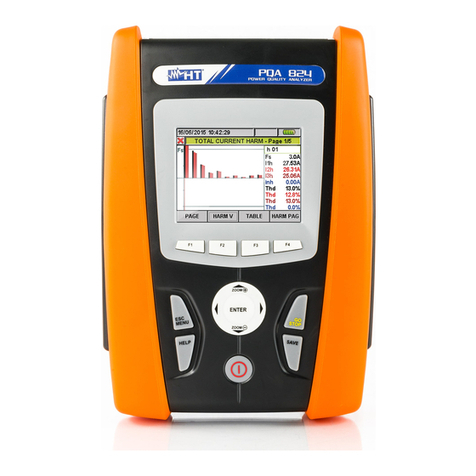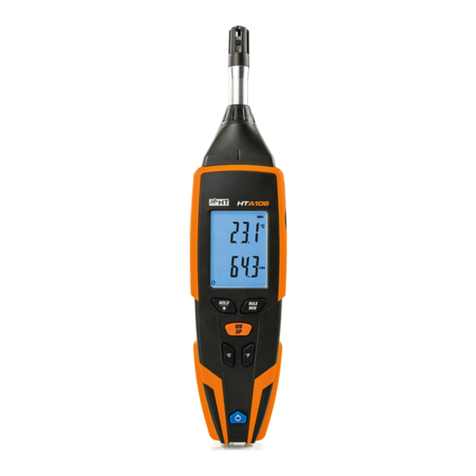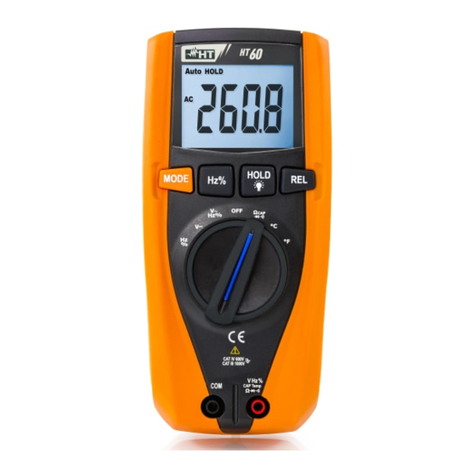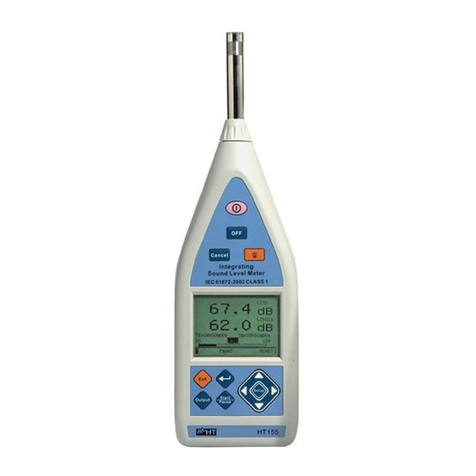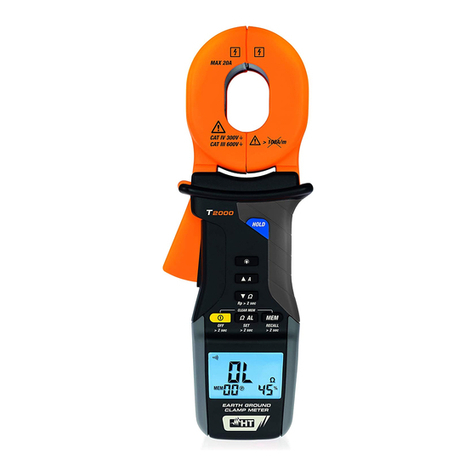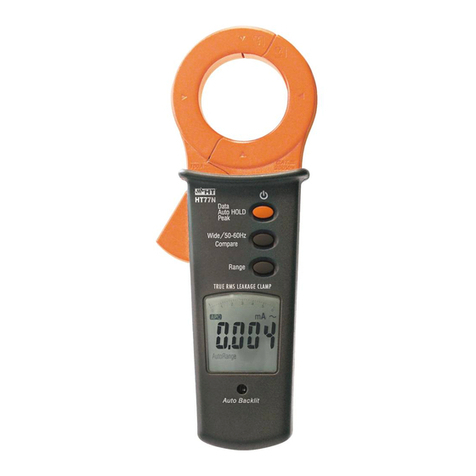HT64
EN - 1
Table of contents:
1.PRECAUTIONS AND SAFETY MEASURES...............................................................2
1.1.Preliminary instructions..................................................................................................... 2
1.2.During use......................................................................................................................... 3
1.3.After use............................................................................................................................ 3
1.4.Definition of Measurement (Overvoltage) category........................................................... 3
2.GENERAL DESCRIPTION...........................................................................................4
2.1.Measuring average values andTRMS values.................................................................... 4
2.2.Definition of true root mean square value and Crest factor............................................... 4
3.PREPARATION FOR USE...........................................................................................5
3.1.Initial checks...................................................................................................................... 5
3.2.Instrument power supply................................................................................................... 5
3.3.Calibration......................................................................................................................... 5
3.4.Storage.............................................................................................................................. 5
4.OPERATING INSTRUCTIONS.....................................................................................6
4.1.Description of the instrument............................................................................................. 6
4.1.1.Description of the controls.......................................................................................................... 6
4.2.Description of function keys .............................................................................................. 7
4.2.1.HOLD/REL key........................................................................................................................... 7
4.2.2.RANGE key ................................................................................................................................ 7
4.2.3.Function keys F1, F2, F3, F4...................................................................................................... 7
4.3.Description of internal functions........................................................................................ 8
4.3.1.Description of the display ........................................................................................................... 8
4.3.2.AC+DC Voltage and Current measurement............................................................................... 8
4.3.3.HOLD function and saving.......................................................................................................... 8
4.3.4.Relative measurement................................................................................................................ 9
4.3.5.Saving MIN/MAX/AVERAGE and PEAK values......................................................................... 9
4.3.6.Creating and saving graphs of measurements......................................................................... 10
4.3.7.Instrument general menu.......................................................................................................... 10
4.4.Operating instructions ..................................................................................................... 17
4.4.1.DC, AC+DC Voltage measurement.......................................................................................... 17
4.4.2.AC Voltage measurement ........................................................................................................ 18
4.4.3.Frequency and Duty Cycle measurement................................................................................ 19
4.4.4.Resistance measurement and continuity test........................................................................... 20
4.4.5.Diode test.................................................................................................................................. 21
4.4.6.Capacitance measurement....................................................................................................... 22
4.4.7.Temperature measurement with K-type probe......................................................................... 23
4.4.8.DC, AC+DC Current measurement and e 4-20mA% reading.................................................. 24
4.4.9.AC Current measurement......................................................................................................... 25
5.MAINTENANCE .........................................................................................................26
5.1.Recharging the internal battery....................................................................................... 26
5.2.Replacement of internal fuses......................................................................................... 27
5.3.Cleaning the instrument .................................................................................................. 27
5.4.End of life ........................................................................................................................ 27
6.TECHNICAL SPECIFICATIONS ................................................................................28
6.1.Technical characteristics................................................................................................. 28
6.1.1.Reference standards................................................................................................................ 30
6.1.2.General characteristics............................................................................................................. 30
6.2.Environment.................................................................................................................... 30
6.2.1.Environmental conditions for use ............................................................................................. 30
6.3.Accessories..................................................................................................................... 30
6.3.1.Accessories provided ............................................................................................................... 30
6.3.2.Optional accessories................................................................................................................ 30
7.ASSISTANCE.............................................................................................................31
7.1.Warranty conditions......................................................................................................... 31
7.2.Assistance....................................................................................................................... 31












